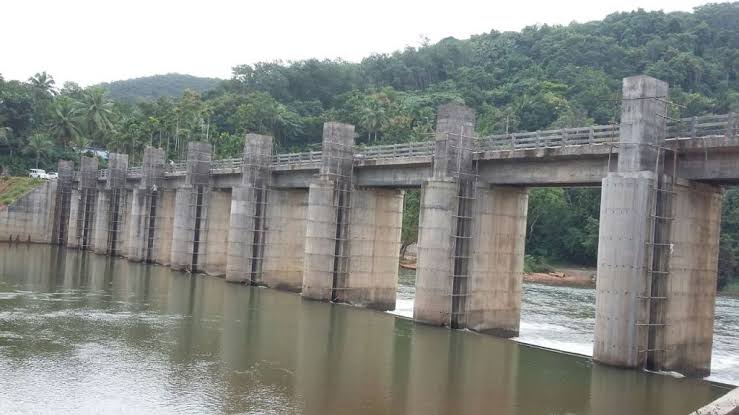Bhubaneswar: In an aim to store water for irrigation, the state government has planned to construct 50 check dams on the existing bridge structures on various rivers across the state.
At a high-level meeting held here under the chairmanship of Chief Secretary Asit Tripathy recently, the decision was taken. The check dams will be constructed adjacent to the existing bridges (on the upstream side) under Works and Rural Development department. The dams will be preferably constructed in different districts of western Odisha and the KBK districts as the areas suffer from irrigation problems, sources said Thursday.
While Works and Rural Development departments will identify the bridges where such structures can be constructed, Water Resources department will prepare the detailed project report in this regard. Chief Engineer, Minor Irrigation will execute the work, the source said.
Initial budget provision of Rs 25 crore will be made for building of such dams in the upcoming budget. The Maharashtra government has constructed such dams in its rivers and has been of huge help to the farmers. The state government is likely to follow the Maharashtra model for construction of the bridge-cum-check dams.
However, there may be problem in operation and maintenance of sluice gates being located in remote areas. In case of siltation in such small structures, the silt will be removed at regular intervals under MGNREGA scheme, they said.
Having learnt a lesson from the ongoing Mahanadi water dispute with neighbouring Chhattisgarh, the state government is making plans to construct in-stream storage structures (barrages) on small and major rivers.
The government has also decided to construct barrages on major river basins like Mahanadi, Rushikulya, Brahmani and Baitarani. The government has plans to construct at least 40 such in-stream storage structures on the river basins with an investment of Rs 11,713.22 crore in six years starting from 2019-20.
The construction of a number of in-stream storage structures and creation of water bodies along the rivers will help in recharging the ground water and partially stop flooding by delaying the medium sizes flood peaks. Besides, it will also help in ground water recharge.

